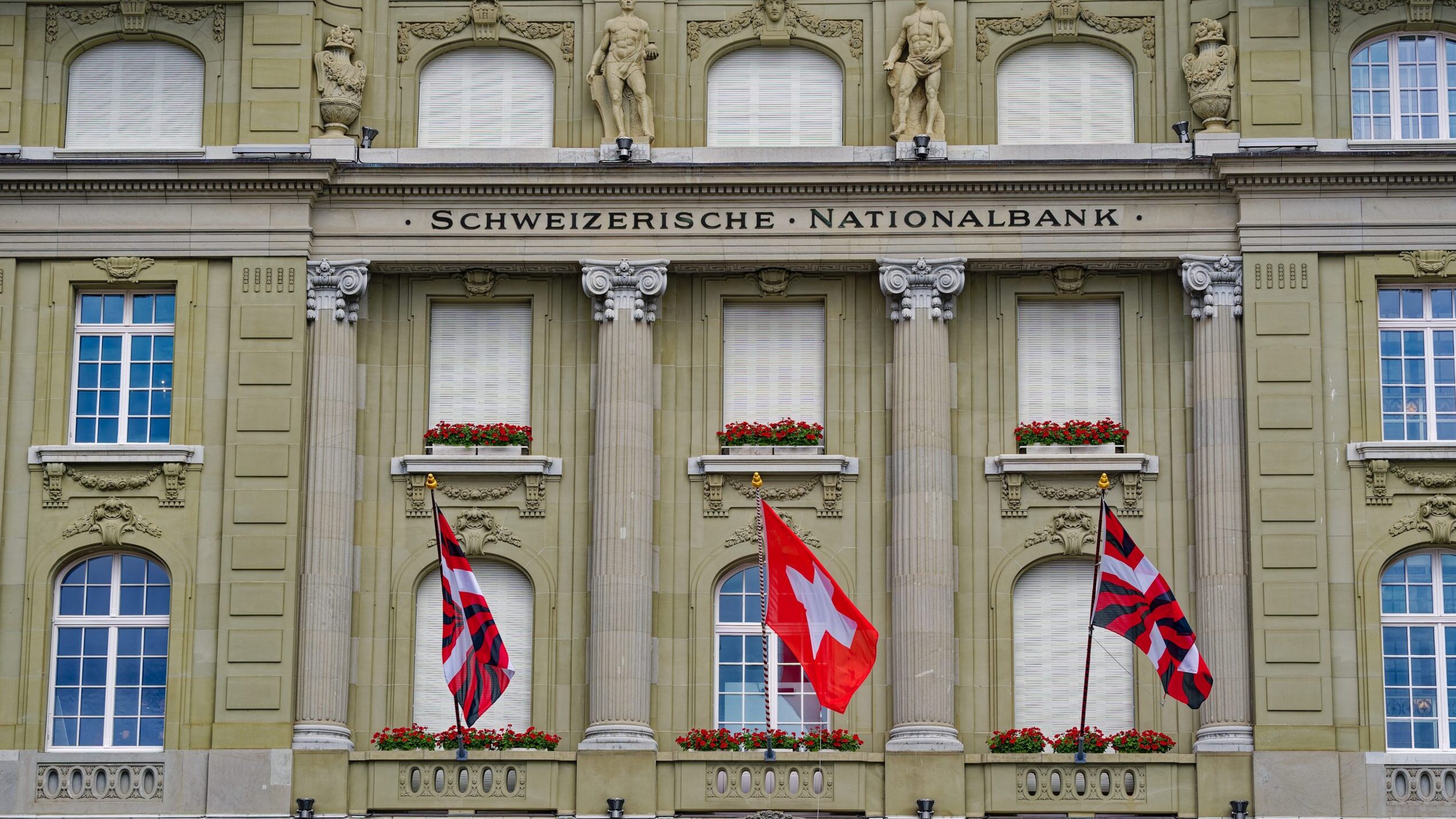Shared economy 2.0 – enabled by blockchain

These days I speak and write quite a lot about my conviction that, thanks to blockchain and other emerging technologies, businesses will increasingly move to decentralized models. These new models will be based on large-scale, public platforms that will enable greater integration of value chains, blurring silos between industries and replacing business verticals with horizontal, cross-industry ecosystems.
In my work as an advisor I have the privilege not only of exploring such concepts and sharing ideas with other thought leaders, but also of working with people who are starting to put these ideas into practice.
The TEND project, which I advise, is one of these I think worth noting.
TEND’s vision is to use blockchain and smart contracts to enable people to explore their passions co-investment and co-enjoyment of high-value, meaningful assets – like art, classic cars, luxury watches, fine wine – while offering them a chance to earn a financial return.
I believe it serves as an excellent early example of how the new blockchain-based ecosystems will likely look, as well as illustrative of the kinds of new business models that blockchain-based platforms will make possible.
Here’s why.
A very blockchain vision
As mentioned, the core function of TEND is to provide a platform for users to co-own, enjoy and trade high-value assets. Blockchain and smart contracts allow TEND to do this in a highly efficient, digital way.
These technologies, for instance, make it easy to create co-ownership arrangements tailored to the specific asset and experience in question, and to store these agreements on a decentralized, independently verifiable and tamper-proof public ledger.
As a result, TEND users have full transparency on the terms of their agreements and, more importantly – since smart contracts are self-executing computer code – can be sure that they will be carried out as written. That makes the platform both highly efficient and trustworthy.
Blockchain also gives TEND users a high degree of confidence in the assets themselves. Vetted and verified when they are onboarded, all pertinent information about each asset is indelibly recorded on the public ledger and constantly updated.
That means TEND users can view, and trust, the entire asset history up to the present moment. This level of transparency and trust is particularly important for high-value assets like the ones on TEND, but is hard to achieve in non-blockchain settings.
Blockchain’s trust-creating properties also provide peace of mind on a platform level. Because all transactions are immutably recorded on the blockchain, users can have complete trust in the transaction history. Because they can be sure this data cannot be manipulated in any way, users and partners can place the same faith in the TEND platform as a whole – despite it being a completely new business. This too is important in a platform dealing with high-value assets.
Finally, by running on Ethereum, TEND leverages an already existing, robust market infrastructure. That makes it extremely efficient to run, and hence very cost-effective for users. Ethereum makes TEND highly scalable as well, supporting its longer-term ambition of building a global platform.
Sharing Economy 2.0
TEND is predicated on the belief, which I share, that the blockchain has a crucial role to play in helping to create a hyper-connected, decentralized, and transparent world.
In the case of TEND, these qualities are being used to enable what we might call the Sharing Economy 2.0: a token-based economy with no intermediaries in which technology helps to democratize, in a secure and trustworthy fashion, access to assets and financial solutions that before were available only to the wealthiest few.
This is a different world in many respects.
In the Sharing Economy 1.0 we have today, the platforms in the middle still take the largest slice of the pie. In the new sharing economy, blockchain and smart contracts eliminate these middlemen by enabling direct one-to-one relationships between the parties of a transaction. That allows the participants to capture most if not all of the value created by their arrangement.
In this new sharing economy tokenization also makes it easier, and provides new incentives, for parties to work together directly. That drives adoption of these platforms, making them broader and ever more useful.
In a blockchain-based platform users enjoy a balance of privacy and connectivity that is not available in the centralized systems we have today. That’s because blockchains can give users complete control over their data, allowing them to share only the information they deem necessary and to control its use. That’s an extremely strong value proposition that will lead to new, and more powerful, kinds of network effects.
It may have been possible to integrate investment, experience, risk mitigation and the various stakeholders in a single platform like TEND before blockchain, but it certainly would not have been as easy or quick – or, for that matter, as secure.
I am convinced that such ecosystems are the wave of the future, and that projects like TEND can serve as an excellent indication of how that future may look. Please note that I am a Strategic Advisor to Tend Technologies.
Latest Posts
Read All Posts-

Microsoft will unveil new Windows and cloud AI features in May | Google Cloud wins major Financial Services deals | Reality check on the $340B Generative AI opportunity in Finance
-

Spot Bitcoin ETFs change the digital asset market | Embedded Finance market to be worth $22bn by 2028 | Ripple to launch U.S. dollar stablecoin
-

Amazon spends $2.75B on AI startup Anthropic | Mastercard, Visa reach $30B settlement over credit card fees | BlackRock's digital fund attracts $245m
Post A Comment